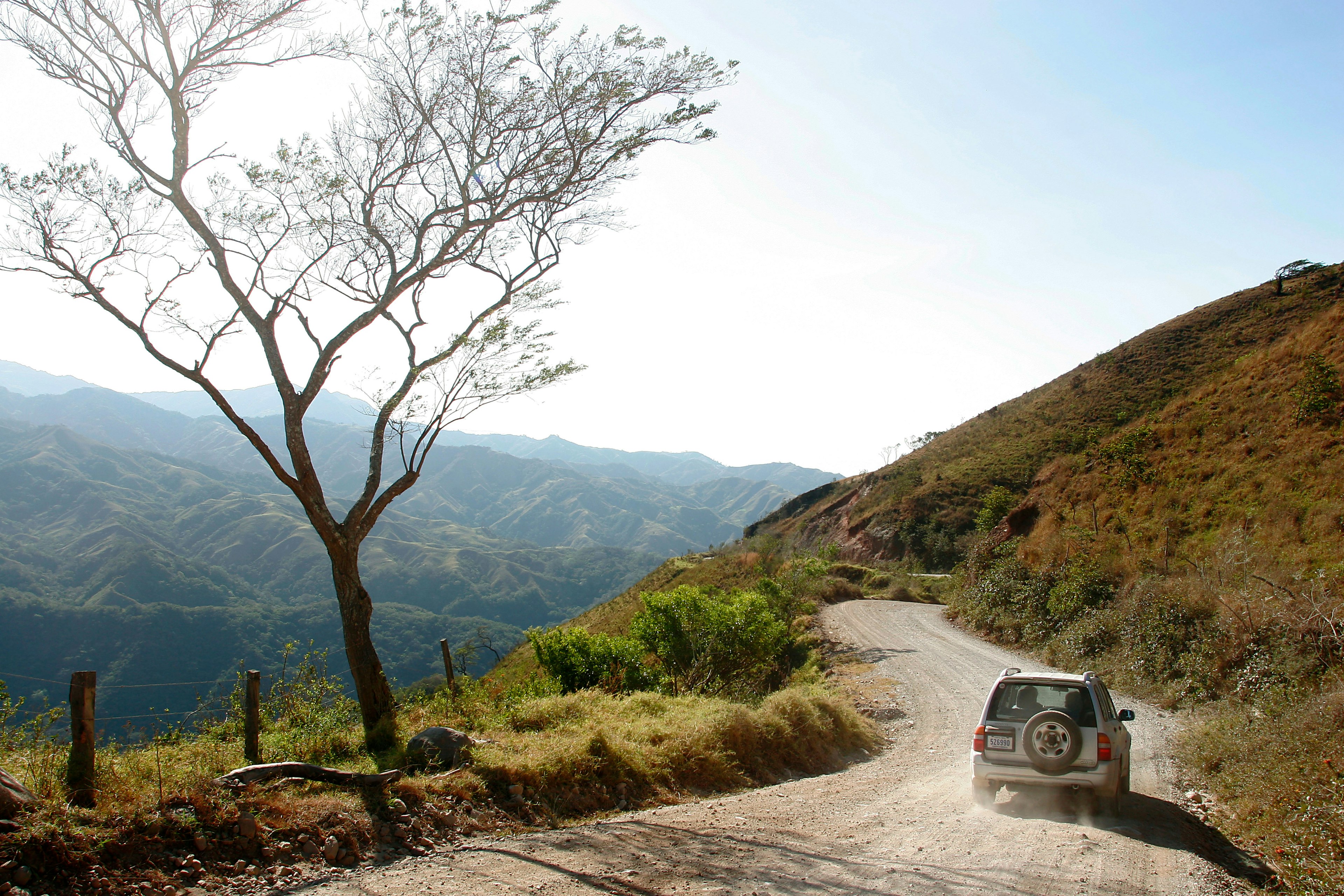Renting a car in Costa Rica is costly and can even be dangerous if you're not prepared for what's to come. It’s also ridiculously good fun. Some of the most interesting, little-explored destinations are only accessible by car, and for the adventurous traveler, there’s simply no substitute for freedom.
In some cases, the drive itself – and all the striking scenery along the way – becomes a highlight of the trip. For those with the desire and the 4x4 (almost certainly necessary if you are planning to drive off the highway), here are the country's top six nerve-shredding road trips.
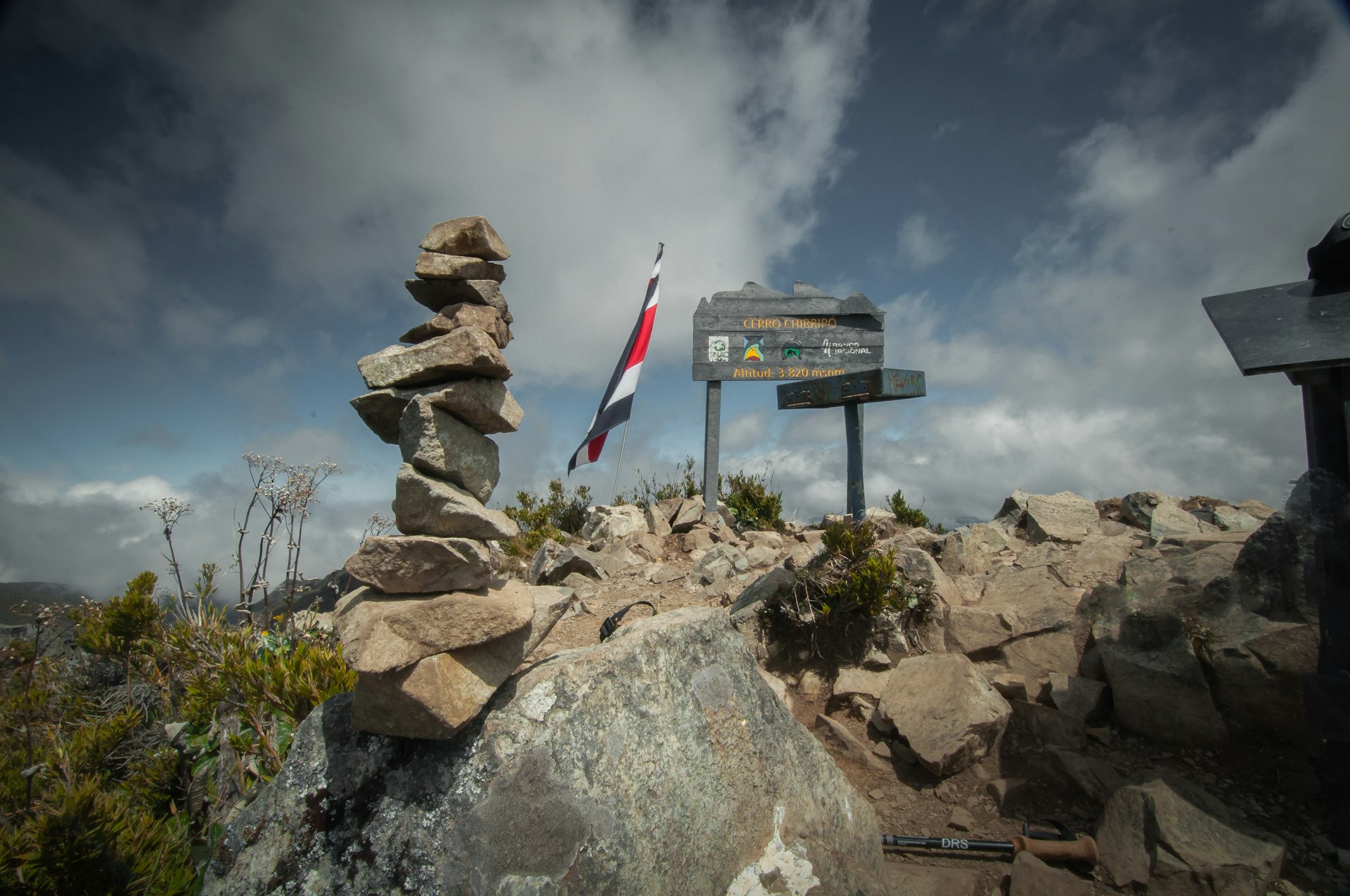
1. Cerro Chirripó
After winding along the narrow gravel roads connecting a few scattered mountain towns in southern Costa Rica, visitors come to what looks like the end of the road. Actually, this is the beginning of the driveway to Chirripó, Costa Rica’s highest peak. To get to the park entrance, visitors must gun it up the remnants of concrete slabs, worn away to nearly nothing. It’s a good idea to fill up with gas beforehand in the closest big city, San Isidro de el General.
Not interested in summiting 12,533-foot Chirripó? Not a problem. There are so many other reasons to brave these scenic mountain paths, including Cloudbridge Reserve, a 700-acre, privately owned research base next to Chirripó with free hiking, an enormous waterfall and an exotic plant garden.
Nearby luxury art hotel, Monte Azul, invites and commissions local and international painters to stay and work on the lush grounds, where hummingbirds zip through tropical foliage and twisting jungle abounds. The owners raise goats to make their own cheese, and a nearby restaurant called Antojitos de Maíz prepares the best tamales and chorreadas in town.
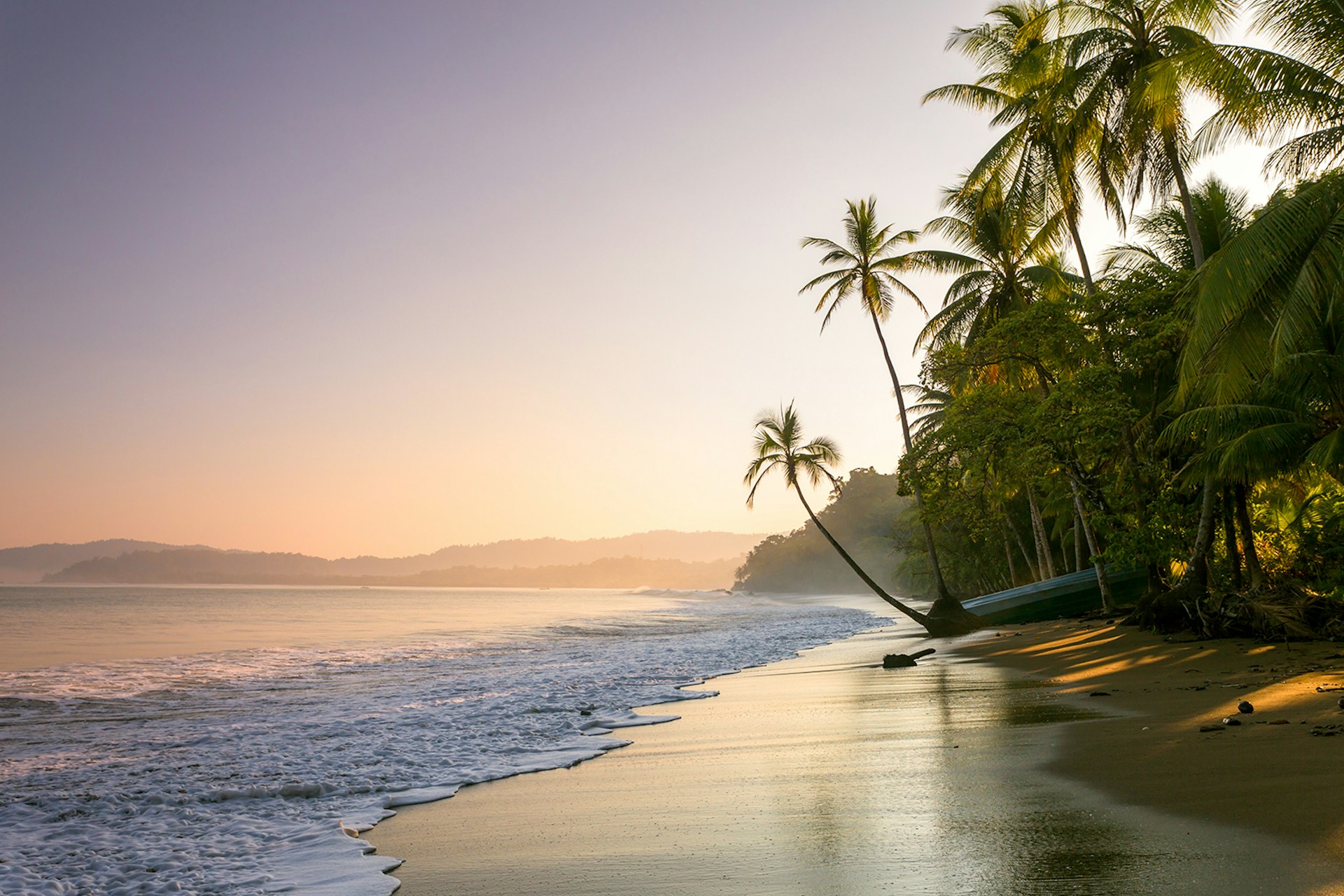
2. Drake Bay
Yes, there are flights to Drake Bay, the most remote town on Costa Rica’s wild Osa Peninsula on the southern Pacific coast. But taking the long, less travelled road through the towering rainforest, vast meadows and tiny farming villages is one stunning trip. There’s not a whole lot of difference between some parts of this journey and the nearby Corcovado National Park, the most biodiverse area in the country, so don’t be surprised to spot scarlet macaws, monkeys and other wildlife right out the car window.
You'll need a 4WD and plenty of confidence: many roads in Osa are extremely poor and there are a total of seven rivers to cross on this journey. Some of those crossings will require that a passenger get out and wade in to test the water, ensuring it is shallow enough to ford (in general, below the knees is safe).
Upon arrival, visitors are treated to panoramic views of the bay and the sweeping ocean beyond, dotted with fishing boats and occasionally leaping dolphins.
Accommodation here ranges from the swanky beachfront Copa del Arbol to the basic camp sites in town.
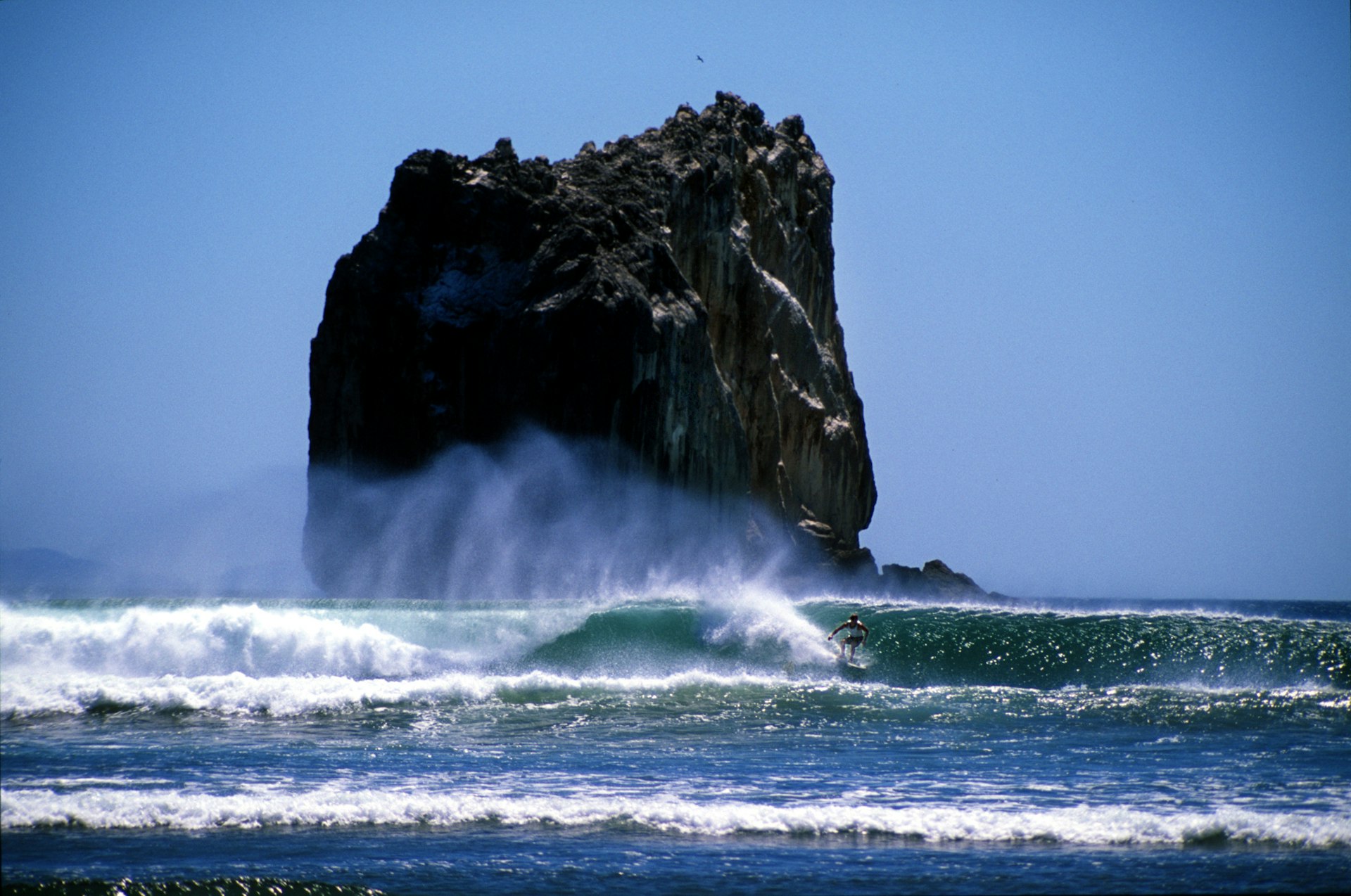
3. Sector Santa Rosa
This sprawling area was established to protect the largest remaining stand of tropical dry forest in Central America. With its primordial acacia thorn trees and tall jaragua grass, this rare landscape resembles the African savanna, though closer inspection reveals more American species of plants, including cacti and bromeliads.
Aside from the startlingly dry landscape, Santa Rosa has some legendary surf breaks, important nesting beaches for several species of sea turtle, and deep historical gravitas. Difficult access means that most of the Santa Rosa sector is fairly empty, though it can get reasonably busy on weekends in the dry season, when Ticos flock to the park in search of their often hard-to-find history.
Access to the Sector Santa Rosa park entrance is on the western side of the Interamericana, 35km north of Liberia and 45km south of the Nicaragua border. The well-signed main park entrance can be reached by public transportation: take any bus between Liberia and the Nicaraguan border and ask the driver to let you off at the park entrance. Rangers can help you catch a return bus. You can also arrange private transportation from the hotels in Liberia for about US$20 to US$30 per person round trip.
From the entrance it’s another 7km to park headquarters, where you’ll also find the museum and the campgrounds. This office administers the Área de Conservación Guanacaste (ACG). From this complex, a very rough track leads down to Playa Naranjo, 11km away. Even during the dry season this road is only passable with a high-clearance 4WD, and you must sign an eerie waiver at the park entrance stating that you willingly assume all liability for driving here.
The park also requires that you be completely self-sufficient should you choose to undertake the trip, which means bringing all your own water and knowing how to do your own car repairs. During the rainy months (May to November) the road is open to hikers and horses but closed to vehicles.
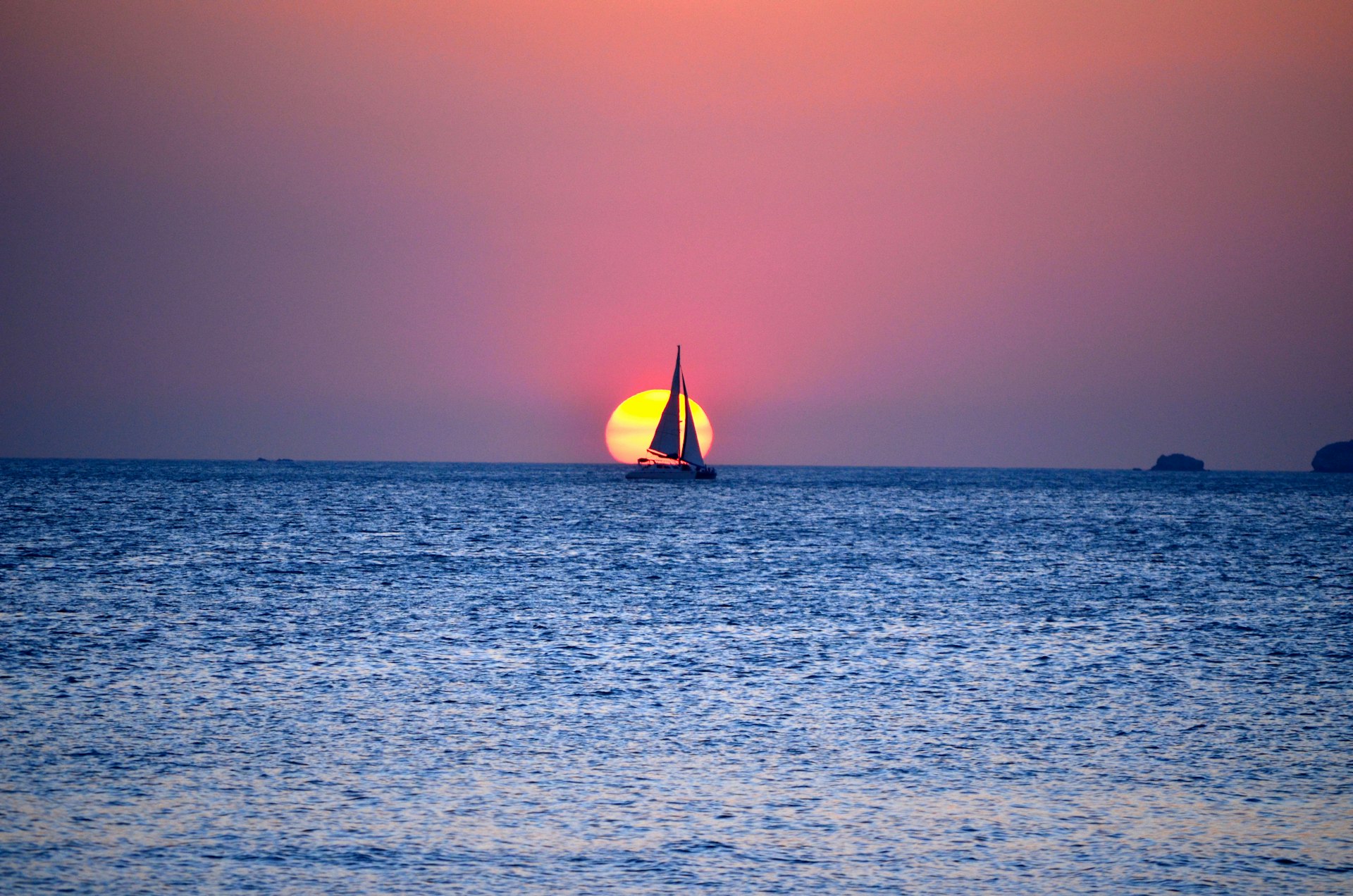
4. The Monkey Trail
Jokingly referred to as a shortcut between Playas del Coco and Flamingo, this curvy mountain pass is famous for eating cars. Its narrow, plunging corridors snake through river crossings and shouldn’t be attempted in the rainy season, or with anything less than four-wheel drive. But those who dare to brave the Monkey Trail are in for one of Costa Rica’s most extreme thrills.
The trail – and it really does feel more like a hiking trail than a road – takes you on a bumpy ride down rock faces, through jungles and across streams toward the Pacific coastline, passing its very own Congo Trail Canopy Tour. Eventually the trail spits you out in the idyllic beach town of Playa Potrero. Its dark sand cove and bathtub-warm seawater provide the perfect setting to relish the adrenaline rush.
Then it’s on to Playa Flamingo, a scenic expat beach town and sport-fishing hub with several fantastic hotels and restaurants, including a traditional Costa Rican joint called Marie’s.
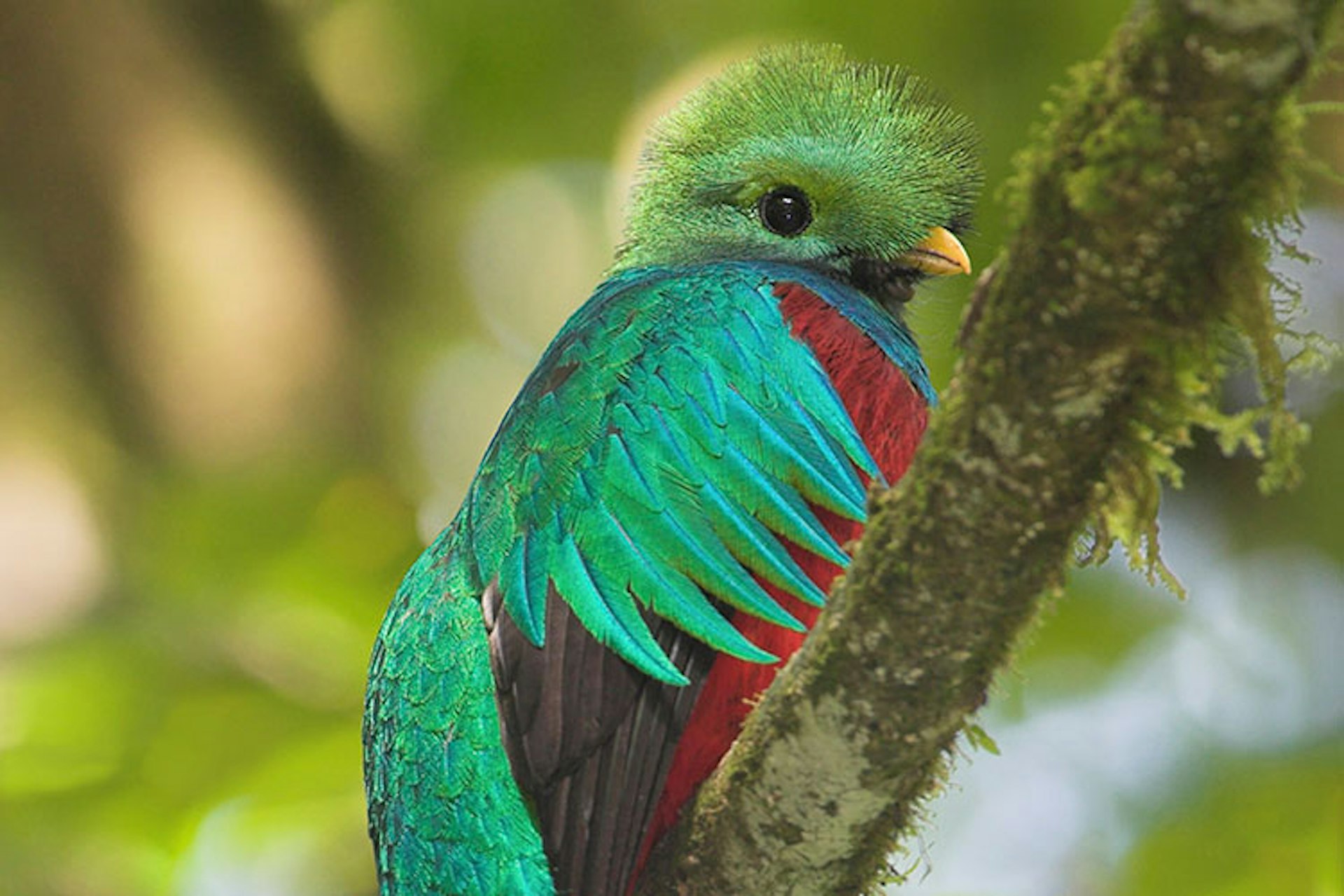
5. San Gerardo de Dota
Around Km 89, between Empalme and San Isidro de El General, the Interamericana reaches its highest point along the famed Cerro de la Muerte (3451m). The ‘Hill of Death’ received its moniker during its prehighway days, when crossing the mountains required travel on foot or horseback and many travelers succumbed to exposure.
It's still a harrowing journey, snaking the fog-shrouded spine along a path riddled with blind corners, hair-raising cliffs and careless drivers who take huge risks to overtake slower road users. Although the treacherous drive across the Cerro de la Muerte might offer ample opportunities to meet your maker, look to the heavens about 6km north of San Isidro. There you'll see a giant lump of melted plastic, perched precariously on the edge of a cliff above. It used to be a towering statue of Christ, but was struck by lightning in 2015. Another upside? Exquisite panoramic views of the Cordillera de Talamanca.
Cerro de la Muerte marks the northernmost extent of the páramo, a highland shrub and tussock grass habitat typical of the southern zone. This Andean-style landscape is rich in wildlife and home to many of the same species found in nearby Parque Nacional Chirripó. On the way to San Isidro the road also descends through cloud forests, montane and premontane forest.
Just south of the perilous stretch is a turn-off for San Gerardo de Dota, a charming town set in a high-altitude cloud forest where one of Central America’s rarest and most beloved birds – the quetzal – still thrives. The place to stay in Dota is Dantica Lodge, a picturesque escape with its own distinctive art gallery and delicious restaurant. Much of the country’s rainbow trout farming takes place in this small town, so be sure to make a stop at restaurants Cafè Kahawa or Comidas Típicas Miriam for a taste of delicious trucha.
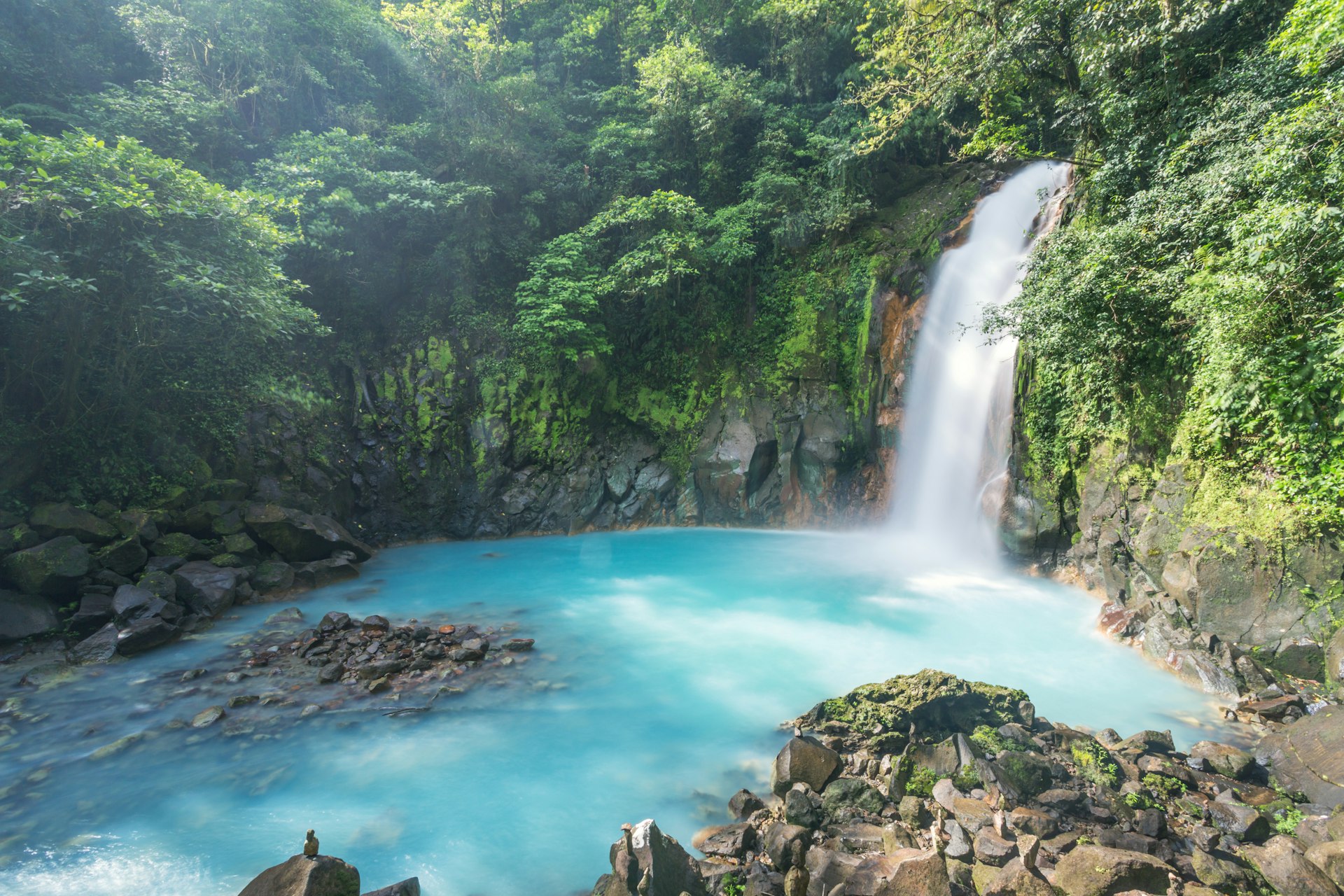
6. Rio Celeste
For visitors heading to the Arenal volcano, do yourself a favor: rent a car and include Rio Celeste in the plan. Arenal is good, but the volcanic eruptions and lava flows that made it a tourist destination stopped abruptly in 2010. Meanwhile, the country’s true natural wonder – an astonishing turquoise river – is as crazy azul as ever. The forest surrounding the river is lush and wild, providing a home to an abundance of Costa Rican fauna, including the iconic jaguar.
There are two ways to approach a stretch of river within Tenorio National Park, where special compounds called aluminosilicates absorb all the colors of sunlight except blue. The rejected rays create the hue of the most brilliant peacock feather you’ve ever seen. You can drive northwest from La Fortuna on paved roads to Guatuso, and from there, turn off on to an often steep, rocky affair only navigable with a 4x4. The reward for all the lurching and tossing is an arrival at the Rio Celeste Hideaway, a romantic retreat with its own jungle hike to a private section of river, where guests can bathe in pools beneath small waterfalls.
A faster and easier route takes you by the town of Cañas and up to the village of Bijagua, where a few hotels are gathered. But to reach the entrance to the national park or the beloved La Carolina Lodge, which features a fire-heated hot tub by the river and a short hike to a 70-foot waterfall, you'd better be ready to engage four-wheel drive.
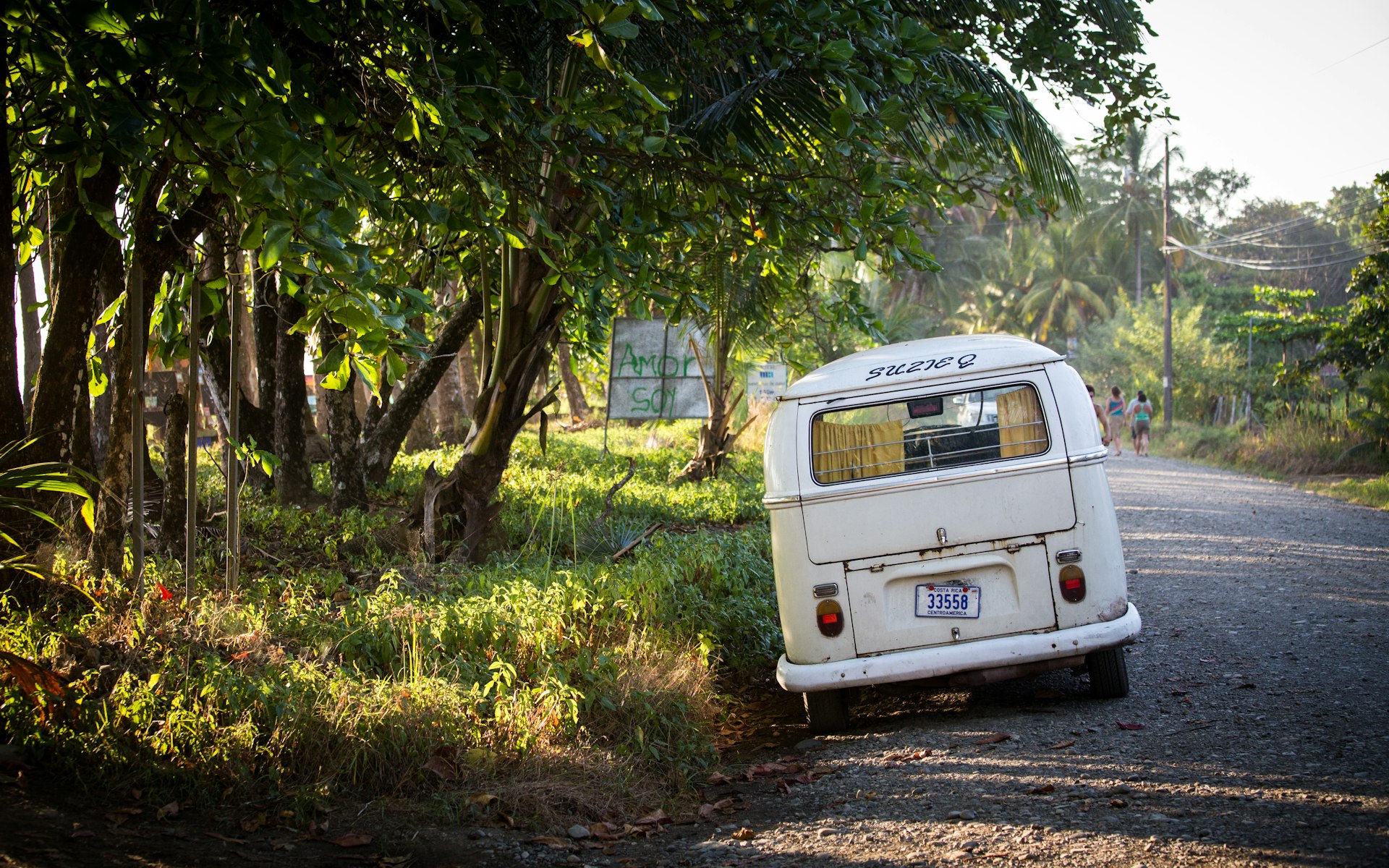
Top tips for roadtripping in Costa Rica
Renting a car is a great way to explore this Central American wonderland, but there are some things to know before you sign on that dotted line. First off, drive on the right. Passing is allowed only on the left. Foreign drivers in Costa Rica are also required to have a valid driver’s license from their home country. Many places will also accept an International Driving Permit (IDP), issued by the automobile association in your country of origin. After 90 days, however, you will need to get a Costa Rican driver’s license.
The other thing you need to know is that renting a car costs more than in the USA or Europe, mainly because of an all-but-mandatory insurance charge that can double the price of a rental – expect to pay about US$10 to US$40 per day. If you pay basic insurance with a gold or platinum credit card, the card company may take responsibility for damage to the car, in which case you can forgo the cost of the full insurance. Make sure you verify this with your credit-card company ahead of time.
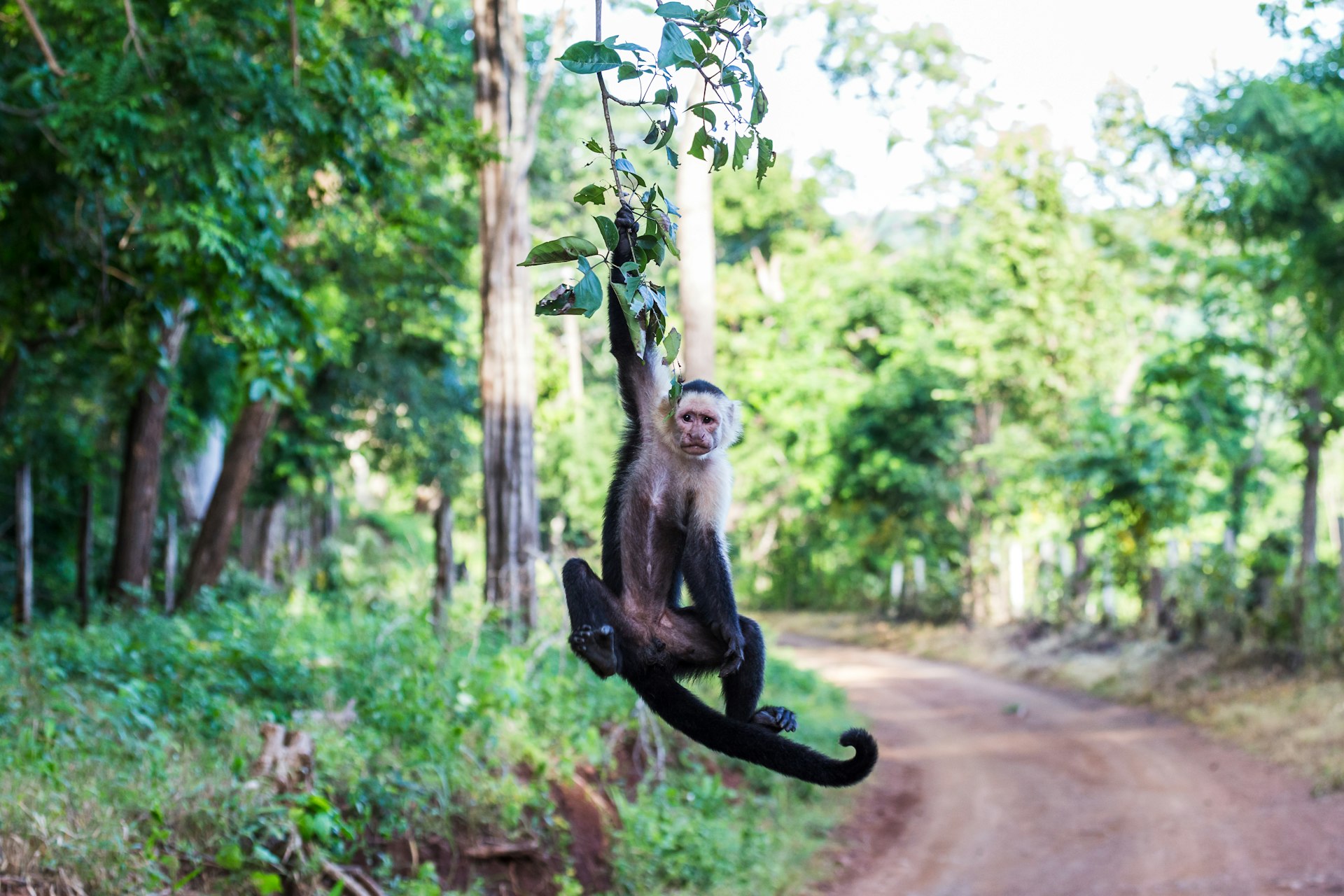
Gasoline (petrol) and diesel are widely available, and 24-hour service stations are along the Interamericana. At the time of research, fuel prices averaged around US$1.10 per liter. In more remote areas, fuel will be more expensive and might be sold at the neighborhood pulpería (corner store).
In addition, the roads in some areas are poorly marked, curvy, pothole-ridden, flooded and occasionally non-existent; do your research and check road conditions before setting out. Due to road conditions, it's necessary to invest in a 4WD unless travel is limited to the Interamericana. Many agencies will insist on 4WD in the rainy season, when driving through rivers is a matter of course.
Thieves can easily recognize rental cars. Never leave anything in sight in a parked car – nothing! – and remove all luggage from the trunk overnight. If possible, park the car in a guarded parking lot rather than on the street.
You might also like:
The best day trips from San Jose
The 20 best places to visit in Costa Rica
Costa Rica's best adventure activities
This article was originally published in September 2013 and updated April 1, 2021.
